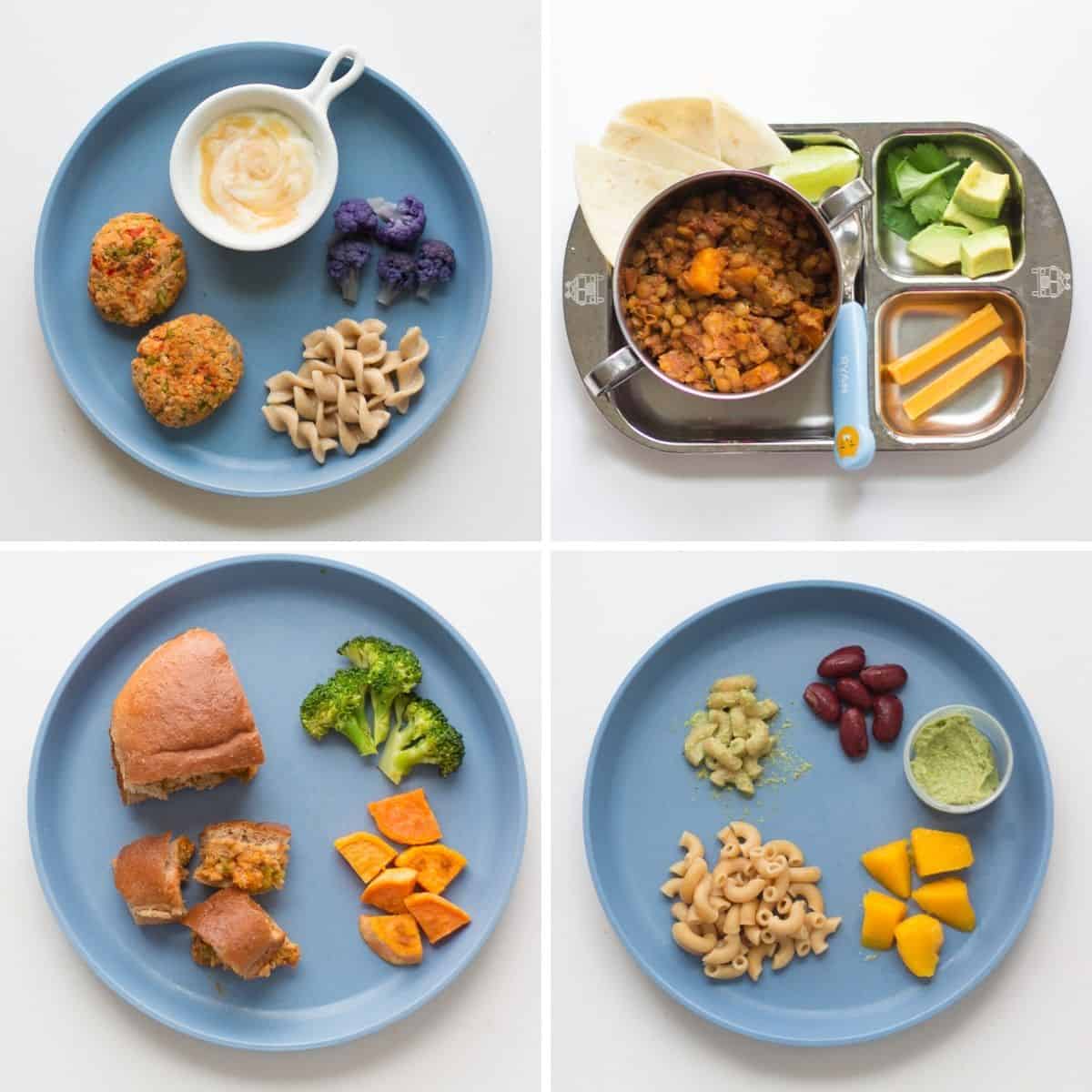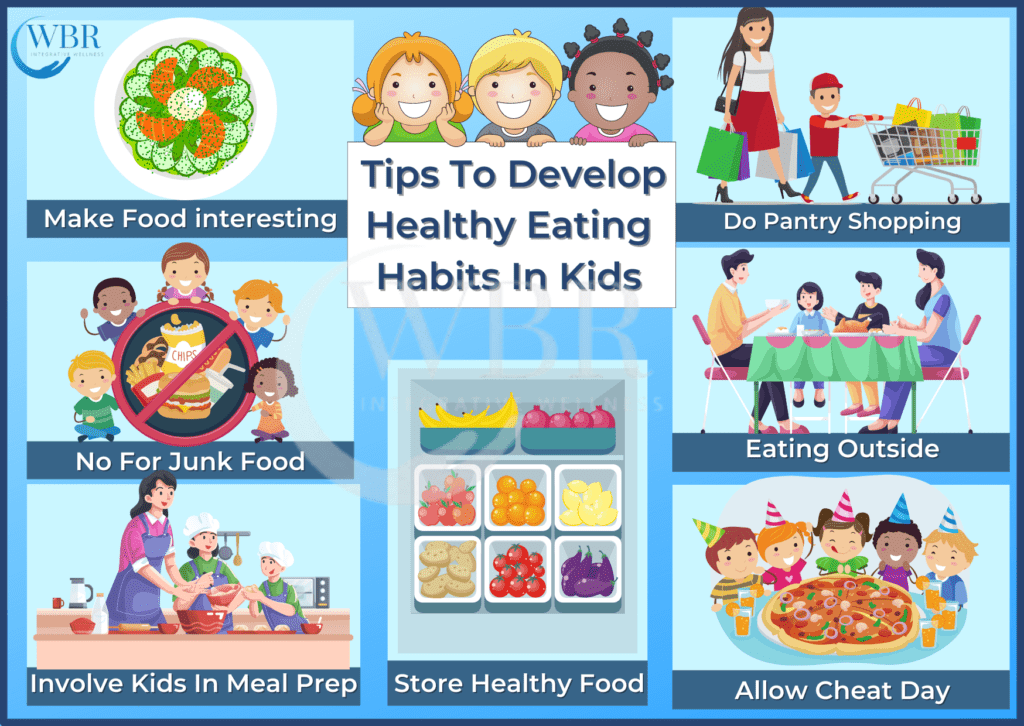“Healthy Meals for Kids: Nurturing Growth, Development, and Lifelong Habits
With excitement, let’s uncover the fascinating topic of Healthy Meals for Kids: Nurturing Growth, Development, and Lifelong Habits. Let’s weave together engaging insights and offer a fresh perspective to our readers.
About Video Healthy Meals for Kids: Nurturing Growth, Development, and Lifelong Habits
Healthy Meals for Kids: Nurturing Growth, Development, and Lifelong Habits

As parents, guardians, and caregivers, one of our most important responsibilities is ensuring our children receive the nutrition they need to thrive. Healthy meals are the cornerstone of a child’s physical and cognitive development, laying the foundation for a lifetime of well-being. However, navigating the world of children’s nutrition can feel overwhelming, with conflicting information and picky eaters adding to the challenge. This comprehensive guide will provide you with the knowledge and practical tips to create delicious, nutritious, and age-appropriate meals that your kids will actually enjoy.
Why Healthy Meals Matter for Kids
The benefits of healthy meals for children are far-reaching and impact every aspect of their lives:
-
Optimal Growth and Development: Children require a consistent supply of essential nutrients, including vitamins, minerals, protein, carbohydrates, and healthy fats, to support their rapid growth and development. These nutrients fuel bone growth, muscle development, brain function, and overall physical and cognitive maturation.
-
Strong Immune System: A diet rich in fruits, vegetables, and whole grains provides the vitamins and antioxidants necessary to strengthen the immune system and protect against illness and infection.
-
Improved Cognitive Function: Nutrients like omega-3 fatty acids, iron, and B vitamins are crucial for brain development and function. Healthy meals can enhance concentration, memory, and learning abilities.
-
Increased Energy Levels: Nutritious meals provide sustained energy throughout the day, allowing children to stay active, engaged, and focused in school and extracurricular activities.

-
Healthy Weight Management: Establishing healthy eating habits early in life can help children maintain a healthy weight and reduce the risk of obesity and related health problems, such as type 2 diabetes and heart disease.

Positive Mood and Emotional Well-being: A balanced diet can positively influence mood and emotional well-being. Certain nutrients, like tryptophan (found in turkey and nuts), play a role in serotonin production, which is associated with feelings of happiness and relaxation.
-
Prevention of Chronic Diseases: A healthy diet can reduce the risk of developing chronic diseases later in life, such as heart disease, stroke, and certain types of cancer.
-
Lifelong Healthy Habits: The eating habits children develop in their early years often carry into adulthood. By fostering a love for healthy foods, you can set your child on a path toward a lifetime of healthy eating.

Key Nutrients for Children’s Health
Understanding the essential nutrients children need is crucial for planning balanced and nutritious meals:
-
Protein: Essential for building and repairing tissues, protein is crucial for growth and development. Good sources include lean meats, poultry, fish, eggs, beans, lentils, tofu, and nuts.
-
Carbohydrates: The primary source of energy for the body, carbohydrates should come from whole grains, fruits, and vegetables. Limit refined carbohydrates, such as white bread, sugary cereals, and processed snacks.
-
Healthy Fats: Important for brain development, hormone production, and absorption of fat-soluble vitamins. Choose healthy fats like those found in avocados, nuts, seeds, olive oil, and fatty fish (salmon, tuna).
-
Fiber: Promotes healthy digestion, regulates blood sugar levels, and helps children feel full. Good sources include whole grains, fruits, vegetables, and legumes.
-
Calcium: Essential for strong bones and teeth. Good sources include dairy products (milk, yogurt, cheese), fortified plant-based milk alternatives, leafy green vegetables, and tofu.
-
Iron: Important for red blood cell production and oxygen transport. Good sources include lean meats, poultry, fish, beans, lentils, and fortified cereals.
-
Vitamin D: Helps the body absorb calcium and is essential for bone health. Good sources include fortified milk, yogurt, and cereals, as well as fatty fish. Sunlight exposure also helps the body produce vitamin D.
-
Vitamin C: Boosts the immune system and helps the body absorb iron. Good sources include citrus fruits, berries, bell peppers, and broccoli.
-
Vitamin A: Important for vision, immune function, and cell growth. Good sources include carrots, sweet potatoes, spinach, and dairy products.
Age-Appropriate Meal Planning
Nutritional needs vary depending on a child’s age and developmental stage. Here’s a general guide to age-appropriate meal planning:
-
Infants (6-12 months):
- Start with pureed fruits, vegetables, and meats.
- Introduce new foods one at a time to check for allergies.
- Offer iron-rich foods like fortified cereals and pureed meats.
- Avoid honey until after 1 year of age.
-
Toddlers (1-3 years):
- Offer small, frequent meals and snacks.
- Focus on nutrient-dense foods like fruits, vegetables, whole grains, and lean protein.
- Avoid choking hazards like whole grapes, nuts, and hard candies.
- Limit juice intake to no more than 4 ounces per day.
-
Preschoolers (3-5 years):
- Encourage independence by allowing children to serve themselves.
- Offer a variety of foods from all food groups.
- Make mealtimes fun and engaging.
- Limit screen time during meals.
-
School-Aged Children (6-12 years):
- Provide a balanced breakfast to fuel their day at school.
- Pack healthy lunches and snacks.
- Encourage physical activity.
- Limit sugary drinks and processed foods.
-
Adolescents (13-18 years):
- Ensure adequate intake of calcium, iron, and protein to support growth spurts.
- Encourage healthy eating habits to prevent weight gain and chronic diseases.
- Be a role model for healthy eating.
- Be aware of potential eating disorders.
Tips for Creating Healthy and Appealing Meals
Getting kids to eat healthy meals can be a challenge, but with a little creativity and patience, you can make it enjoyable for everyone:
-
Involve Kids in Meal Planning and Preparation: Let children help choose recipes, shop for ingredients, and prepare meals. This can increase their interest in trying new foods.
-
Make Meals Visually Appealing: Use colorful fruits and vegetables, and arrange food in fun shapes and patterns.
-
Offer a Variety of Foods: Expose children to a wide range of flavors and textures.
-
Don’t Force Feed: Pressuring children to eat can backfire. Instead, offer a variety of healthy options and let them choose what they want to eat.
-
Be a Role Model: Children learn by observing their parents. Eat healthy meals yourself and let your children see you enjoying them.
-
Limit Processed Foods and Sugary Drinks: These foods are often high in calories, unhealthy fats, and added sugar, and low in nutrients.
-
Make Healthy Snacks Available: Keep healthy snacks like fruits, vegetables, yogurt, and nuts readily available.
-
Read Food Labels: Pay attention to serving sizes, calories, fat, sugar, and sodium content.
-
Cook at Home More Often: Home-cooked meals are usually healthier and more affordable than eating out.
-
Grow Your Own Food: Gardening can be a fun and educational way to get kids interested in healthy eating.
-
Be Patient and Persistent: It may take time for children to accept new foods. Keep offering them, and eventually, they may try them.
Sample Meal Ideas
Here are some ideas for healthy and delicious meals for kids:
-
Breakfast:
- Oatmeal with berries and nuts
- Whole-wheat toast with avocado and egg
- Yogurt parfait with granola and fruit
- Smoothie with spinach, banana, and almond milk
-
Lunch:
- Whole-wheat sandwich with turkey and cheese
- Chicken salad lettuce wraps
- Quesadillas with beans and cheese
- Leftovers from dinner
-
Dinner:
- Baked chicken with roasted vegetables
- Salmon with quinoa and steamed broccoli
- Lentil soup with whole-grain bread
- Homemade pizza with whole-wheat crust and lots of vegetables
-
Snacks:
- Apple slices with peanut butter
- Carrot sticks with hummus
- Greek yogurt with berries
- Trail mix with nuts, seeds, and dried fruit
Addressing Picky Eating
Picky eating is a common challenge for parents. Here are some strategies to address it:
- Offer a Variety of Foods: Continue to offer a variety of foods, even if your child initially rejects them.
- Don’t Give Up: It may take multiple exposures for a child to accept a new food.
- Make Food Fun: Use cookie cutters to create fun shapes, or let your child help prepare the food.
- Avoid Power Struggles: Don’t force your child to eat. This can create negative associations with food.
- Be Patient: Picky eating is often a phase that children outgrow.
- Seek Professional Help: If your child’s picky eating is severe or causing nutritional deficiencies, consult with a pediatrician or registered dietitian.
Conclusion
Nurturing healthy eating habits in children is an investment in their future. By providing nutritious meals and creating a positive food environment, you can help your children grow and thrive, both physically and mentally. Remember to be patient, creative, and persistent, and celebrate small victories along the way. With your guidance and support, your children can develop a lifelong love for healthy food and enjoy the many benefits it offers.

